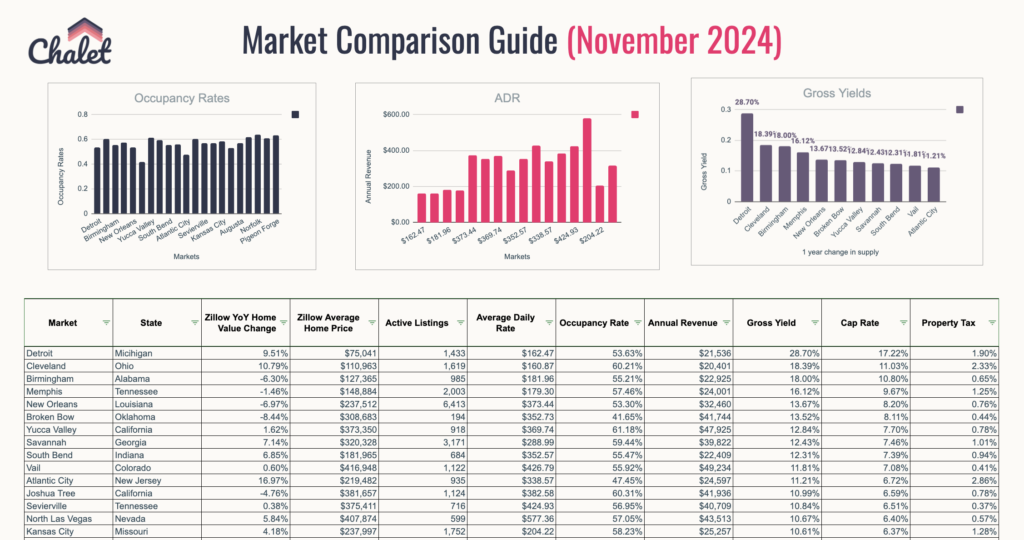Investing in the United States real estate market has become an attractive option for Latin American investors seeking to diversify their portfolios, access better yields and invest in a stable economy. However, navigating the complex tax and legal landscape of the U.S. real estate market can be challenging for foreign investors, especially those from Latin America. In this blog post, we will provide valuable information on the tax and legal considerations that Latin American investors should be aware of when buying real estate in the United States. We will cover tax structures, legal structures for holding real estate, and the potential impact of currency exchange rates.
Tax Considerations
The United States has a complex tax system that can be challenging for foreign investors to navigate. Latin American investors must be aware of the following tax considerations when investing in the United States real estate market:
- Income Taxes
When investing in U.S. real estate, Latin American investors are subject to U.S. federal and state income taxes. The federal tax rate for non-resident aliens is typically 30% of the gross rental income, and state taxes vary by state. However, under the U.S.-Latin America tax treaty, many Latin American countries have reduced withholding tax rates on certain types of income, including rental income, to 15%. It is essential for investors to understand their tax treaty benefits and plan accordingly.
- Capital Gains Taxes
When a Latin American investor sells their U.S. real estate, they are subject to capital gains taxes. The federal capital gains tax rate for non-resident aliens is 30%, and state taxes vary by state. However, the U.S.-Latin America tax treaty may provide reduced tax rates on capital gains, and the use of a holding company structure can help reduce taxes as well.
- Estate Taxes
If a Latin American investor owns U.S. real estate at the time of their death, their estate may be subject to U.S. estate taxes. The U.S. estate tax rate is currently 40%, and the exemption threshold is $11.7 million for 2021. However, many Latin American countries have estate tax treaties with the United States that provide a higher exemption threshold, so investors should consider their options carefully.
Top 200 Airbnb Rental Markets

Instantly compare top 200 short-term (Airbnb) rental markets in the US
Legal Structures for Holding Real Estate
In addition to tax considerations, Latin American investors should consider the legal structures for holding U.S. real estate. The following structures are commonly used by foreign investors:
- Direct Ownership
Direct ownership of U.S. real estate is the simplest structure and involves purchasing the property in the investor’s name. However, this structure provides little asset protection and can expose the investor’s personal assets to liability.
- Limited Liability Company (LLC)
An LLC is a popular legal structure for holding U.S. real estate because it provides limited liability protection to the investor. An LLC is treated as a pass-through entity for tax purposes, meaning the income and losses flow through to the investor’s personal tax return. However, foreign investors must file a U.S. tax return for the LLC and report any income or losses.
- Corporation
A corporation is a separate legal entity from the investor, providing liability protection and limiting personal liability. However, a corporation is subject to double taxation, meaning the corporation pays taxes on its income, and then the investor pays taxes on any distributions they receive.
- Trust
A trust is a legal structure that can provide asset protection and estate planning benefits. However, trusts are subject to complex tax rules and may not provide the same tax benefits as other structures.
Top 200 Airbnb Rental Markets

Instantly compare top 200 short-term (Airbnb) rental markets in the US
Currency Exchange Rates
Finally, Latin American investors should be aware of the potential impact of currency exchange rates on their U.S. real estate investments. Fluctuations in exchange rates can impact the value of the investment and the investor’s return. It is essential to consider the currency exchange rate when making
investment decisions and to have a plan in place to mitigate currency risks. One way to do this is to use a currency hedging strategy, which involves using financial instruments to offset currency fluctuations.
Another consideration is the impact of currency exchange rates on financing. If a Latin American investor finances their U.S. real estate investment with a mortgage, they will be subject to currency exchange risk on their loan payments. If the value of the local currency decreases relative to the U.S. dollar, the investor’s loan payments will increase in local currency terms, making it more difficult to service the debt. It is important to consider currency exchange risk when obtaining financing and to have a plan in place to mitigate this risk.
Conclusion
Investing in U.S. real estate can be a lucrative opportunity for Latin American investors seeking to diversify their portfolios and access stable returns. However, navigating the complex tax and legal landscape of the U.S. real estate market can be challenging. Latin American investors must be aware of the tax considerations, legal structures, and currency exchange rate risks associated with U.S. real estate investments. By carefully considering these factors and working with experienced advisors, Latin American investors can make informed investment decisions and achieve their financial goals in the United States real estate market.


